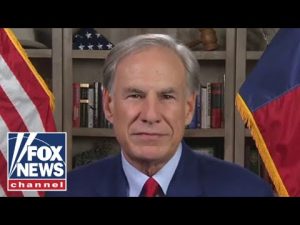In the world of economics, the situation in Russia is resembling a high-stakes game of poker, where the stakes are rising, and yet the players seem unfazed by the impending risks. Despite more than three years of war, astronomical military expenses, and an avalanche of international sanctions, Russia’s economy appears to be dancing a jig. There are whispers of harsh economic sanctions on the horizon, thanks to President Trump’s tough talk, yet it seems that these measures are not having an immediate impact on the Russian war machine. But how long can this economic mirage last? It’s a question that has many onlookers scratching their heads.
When Russia launched its full-scale invasion of Ukraine, it also intensified its spending—military spending, that is. Prior to the onset of conflict, Russia allocated around $50 billion a year to its armed forces. Fast forward to today, and that number has skyrocketed to nearly $150 billion. The war, rather than wrecking the economy, has turned out to be an unusual stimulus, but let’s not forget that burning money on warfare is hardly a long-term strategy! As rhetorical flourishes from Western leaders liken the ruble to rubble, the reality is that Russia seems to have found some loopholes in the sanctions intended to suffocate it.
Despite being deemed the most sanctioned major economy in the world since the invasion, Russia’s economy swung back with surprising speed. After experiencing a slump in 2022, where it faced a contraction of around 2%—a dip similar to what the economy experienced during COVID-19—analysts observed a quick recovery. A dramatic pivot toward trade with China and India has helped Russia fill the void left by sanctions imposed by the European Union. In some bizarre twist of fate, even the bread factories in Russia are reportedly trading dough for drones, fully committing themselves to support the war effort.
However, this extravagant spending frenzy is not without its limits. While the oil and gas sector accounts for a robust 20% of Russia’s GDP, experts voice concerns about the sustainability of this pattern. Right now, Russia should have a budget surplus meant for bolstering its national wealth fund. Instead, it’s found itself in a precarious position, burning through reserves and overspending like there’s no tomorrow. At the current consumption rate, the experts estimate that Russia could run out of funds by around 2030, leading to potential consequences both domestically and globally.
With President Trump’s threats of imposing secondary tariffs, including a staggering 100% tax on Russian oil, things could get messy for Moscow. Currently, China and India account for nearly half of Russia’s exports, primarily in oil. If they stopped their purchases, it could spell disaster not only for Russia but also for global oil markets, resulting in soaring prices and potentially triggering widespread economic downturns. Though inflation in Russia has been on the rise, reports suggest that wage inflation outpaces it, seemingly improving the standard of living for some. But hold your horses—the reality is that what goes up must come down.
Despite these economic challenges, President Vladimir Putin shows no signs of retreat from his ambitions. Analysts predict that while defense spending might peak in 2025, it won’t return to pre-war levels anytime soon. With claims of threats from NATO, Russia is likely to keep the taps open on military financing longer than most would hope. As the world watches with bated breath, it remains to be seen how long this economic juggling act can continue before Russia eventually hits the limits of its fiscal abilities.







